The affordable infrared thermal scanner supports adjustable emissivity settings from 0.1 to 0.99, with 2 million visible light pixels and 1024 thermal imaging pixels, accommodating various materials and enhancing measurement accuracy. It also includes USB charging, ensuring the device is always ready for use. These user-friendly features make it an ideal choice for both professional inspectors and DIY homeowners.
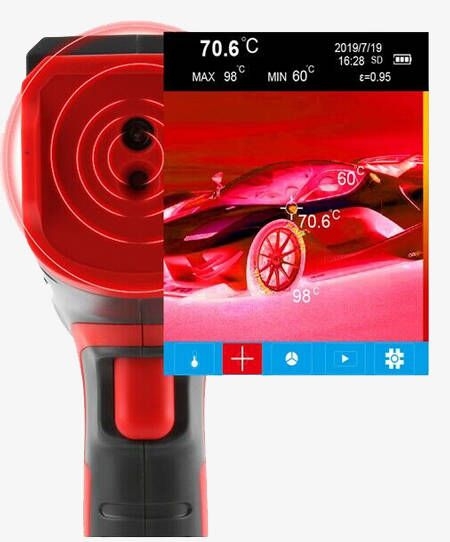
- High Imaging Resolution: SISCO portable thermal inspection camera equipped with 2 million visible light pixels and 1024 thermal imaging pixels, providing clear and detailed images.
- Image Fusion Functions: The home infrared thermography camera supports outline and thermal imaging fusion, as well as visible light and thermal imaging fusion.
- Fast Issue Detection: Efficiently locates areas of concern, enhancing troubleshooting speed.
- Convenient for Field Use: Compact and portable, making the professional infrared thermal scanner suitable for on-the-go inspections.
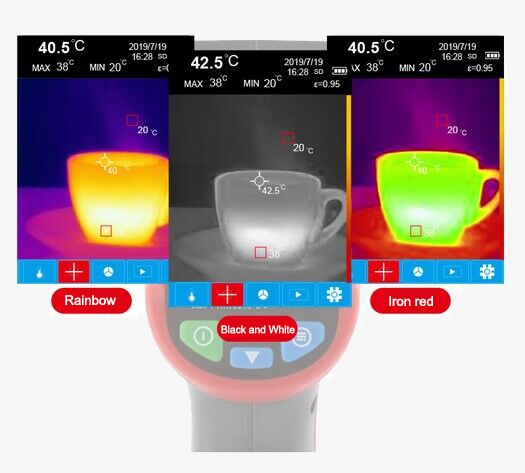
- Three Color Palettes: This 32x32 IR resolution thermal camera offers Iron Red, Rainbow, and Black & White palettes to better highlight target details. You can choose the appropriate color according to the needs of the detection site, and better detect the leak point.
- Ample Storage: The low cost handheld thermal imaging machine comes with an 8GB mini TF card for storing numerous measurement images.
- Easy Data Access: USB connectivity for quick image transfer and export to a computer.
- USB Charging: The digital home infrared inspection camera supports USB charging with a 2600mAh battery for longer operation.
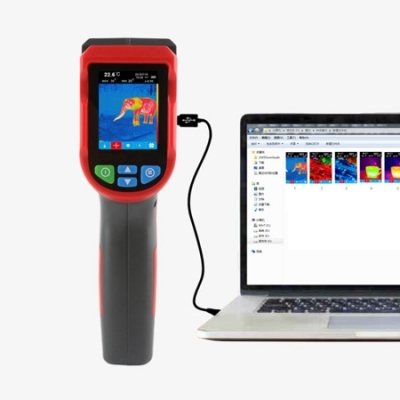
- Dual Visual Modes: The affordable infrared heat detector camera allows switching between two visual modes for comparative analysis to pinpoint faults.
- Ideal for Technicians: Quickly identifies problem areas, making it perfect for electricians and maintenance personnel.
- Adjustable Emissivity: Customizable emissivity settings ranging from 0.1 to 0.99.
- Durable Design: Built to withstand pressure and drops, ensuring longevity in various working conditions. Engineering grade plastic material, pressure-resistant and drop-resistant.
Applications
SISCO digital infrared thermal imaging camera is a versatile tool used for detecting termites and mice, conducting electrical inspections, monitoring HVAC systems, aiding in firefighting, locating water leaks, and performing comprehensive building and home inspections.

Mice Detection
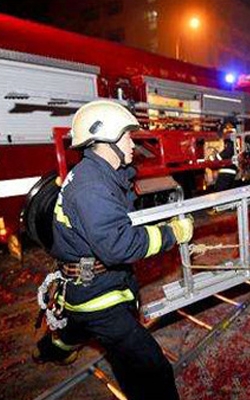
Firefighting
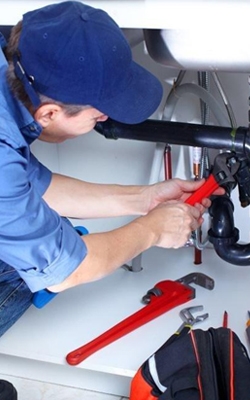
Electrical Maintenance
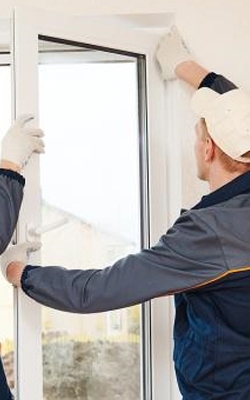
Water Leak Detection
| Model | SISCO-TIC-NF521 | |
| Thermal Imaging Parameters | Thermal Imaging Resolution | 1024 pixels (32*32) |
| Electronic Shutter | None | |
| Visible Light Camera | 2 Million pixels | |
| Display Mode | Thermal imaging, thermal mixing, digital cameras | |
| Color Palette | Iron red, rainbow, black and white | |
| Wavelength Range | 8~14μm | |
| Field of View (FOV) | 33°Horizontal | |
| Instantaneous Field of View (IFOV) | 18mrad | |
| Thermal Imaging Sensitivity | 150ms | |
| Frame Rate | ≤9Hz | |
| Save Image Format | Bitmap (BMP) image | |
| IR Temperature Measurement | Temperature Range | -20°C to 400°C |
| Basic Accuracy | 0°C to 400°C accuracy: ±1.8% or ±1.8*C, whichever is greater - 20 to -0.9°C Accuracy: ±3°C test conditions, emissivity: 0.95, Ambient temperature: 25±2°C |
|
| Emissivity | 0.10-0.99 Custom adjustment | |
| Measurement Resolution | 0.1°C/°F | |
| Response Time | 150ms | |
| Wavelength Range | 8~14μm | |
| Basic Parameters | Device Dimensions | 60*120*210mm |
| Monitor Type | 2.4” TFT LCD | |
| Monitor Resolution | 320*240 Pixels | |
| Battery | 3.7V/2600mAh | |
| Automatic Shutdown Function | √ | |
| Certification | CE | |
| Storage Card | 8GB mini TF card | |
| Operating Temperature | -10°C to 45°C, 14°F to 113°F | |
| Anti-Drop Test | Designed for 1 meter, (3.28 feet) | |
| Standard Configuration | Charging head, manual, data cable, 8GB mini TF card | |
| Weight | 200g | |
Structure Diagram
 Display Screen
Display Screen- Back Button (on/off)
- Up Button
- Menu Button/Confirm Button
- Down Button
- Thermometer Lens
- Camera Lens
- Trigger (Photograph)
Packaging List
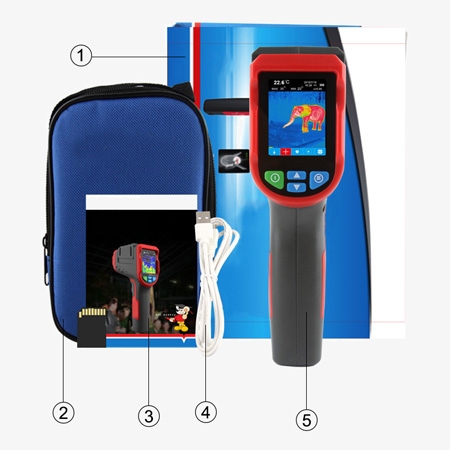 Package Box
Package Box- Tool Kit
- Instruction Manual
- Data Cable
- Host (with 8G Memory Card and Lithium Battery)
Q1: How does a thermal imaging camera work?
A1: Thermal imaging camera works by detecting infrared radiation, which is emitted by all objects based on their temperature. The camera's sensor captures this radiation and converts it into an electronic signal. This signal is then processed to create a thermal image or thermogram, where different temperatures are represented by various colors or shades of gray, allowing users to visualize heat patterns and temperature variations.
The camera uses a special lens to focus the infrared light emitted by objects in its field of view. Inside the camera, a phased array of infrared-detector elements creates a detailed temperature pattern called a thermogram. This thermogram is translated into electric impulses, which are then processed by the camera's circuitry to produce a visible image on the display, illustrating the heat distribution of the scene. This technology is widely used in various applications such as detecting termites and mice, conducting electrical and HVAC inspections, firefighting, locating water leaks, and performing building and home inspections.
Q2: Can an infrared thermal imaging camera detect water leaks?
A2: Yes, an infrared thermal imaging camera can effectively detect water leaks. It identifies temperature variations on surfaces, which can indicate the presence of moisture. When water leaks occur, they often cause cooler or warmer spots on walls, floors, or ceilings due to the difference in thermal conductivity compared to dry areas.
By using the thermal imaging camera, technicians can quickly and non-invasively locate the source of the leak without needing to dismantle structures. This makes it a valuable tool for early detection and repair, preventing further damage and reducing maintenance costs.
Q3: Can an infrared thermal imaging camera be used outdoors in various weather conditions?
A3: Yes, infrared thermal imaging cameras can be used outdoors in a variety of weather conditions. They are designed to detect temperature differences and can function effectively in both day and night. However, certain environmental factors like heavy rain, fog, or extreme temperatures can affect the clarity and accuracy of the thermal images. For optimal performance, it is advisable to use the camera in conditions where visibility is not severely obstructed. Additionally, many models are built to withstand harsh outdoor conditions, including being resistant to dust and water, ensuring durability and reliable operation in different environments.
Tips: How can an infrared thermal imaging camera benefit a home inspection?
An infrared thermal imaging camera is a powerful tool for home inspections. It enhances the inspection process by detecting issues that are not visible to the naked eye. Here are some ways it benefits home inspections:
- Identifying Insulation Problems: The camera can reveal areas where insulation is missing or insufficient, which can help improve energy efficiency and reduce heating and cooling costs.
- Detecting Moisture and Water Leaks: It can locate hidden water leaks and moisture intrusion in walls, ceilings, and floors by identifying temperature anomalies caused by the presence of moisture.
- Finding Electrical Issues: The camera can spot overheating electrical components or wiring, which can prevent potential fire hazards.
- Locating HVAC Issues: It helps in checking the efficiency of HVAC systems by visualizing temperature distribution and identifying leaks in ductwork.
- Spotting Structural Deficiencies: Thermal imaging can uncover hidden structural problems, such as gaps or cracks, that may not be easily visible during a standard inspection.
Using an infrared thermal imaging camera during a home inspection ensures a thorough evaluation of the property's condition, providing homeowners and buyers with peace of mind and helping to prioritize necessary repairs and improvements.
Thank you for buying industrial test and measurement equipment on SISCO.com, all products sold by SISCO and the partner cover a 12 months warranty, effective from the date of receiving the products.
What is covered?
SISCO is responsible for providing free spare parts, and free technical support to assist the customer to repair the defective products until the problem is solved.
What is not covered?
- Product purchased from anyone other than a SISCO store or a SISCO authorized reseller.
- Expendable parts.
- Routine cleaning or normal cosmetic and mechanical wear.
- Damage from misuse, abuse or neglect.
- Damage from use of parts other than SISCO approved.
- Damage from use outside the product’s usage or storage parameters.
- Damage from use of parts not sold by SISCO.
- Damage from modification or incorporation into other products.
- Damage from repair or replacement of warranted parts by a service provider other than a SISCO authorized service provider.
- Damage caused by the application environment not meeting the product usage requirements and the failure to perform preventive maintenance.

